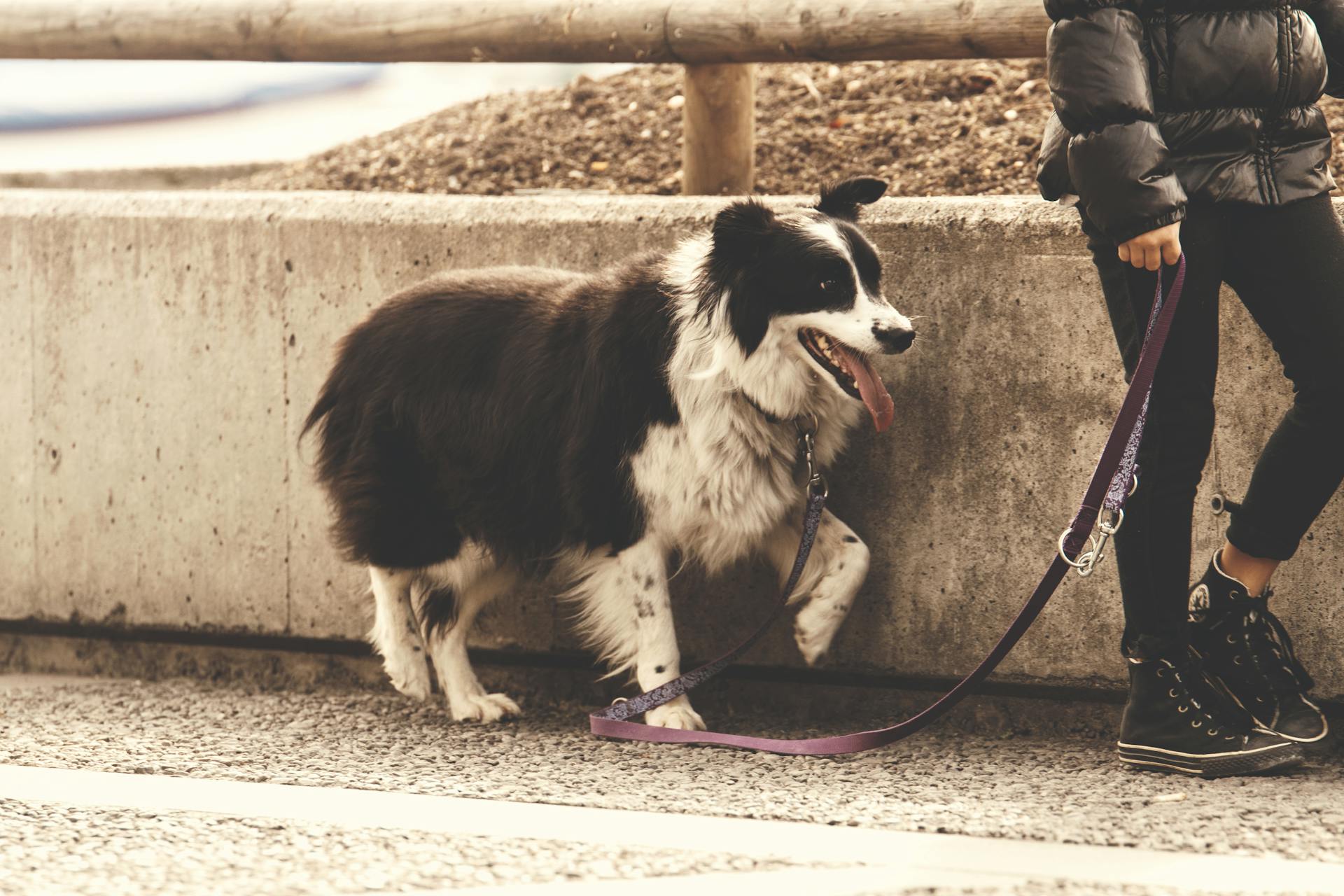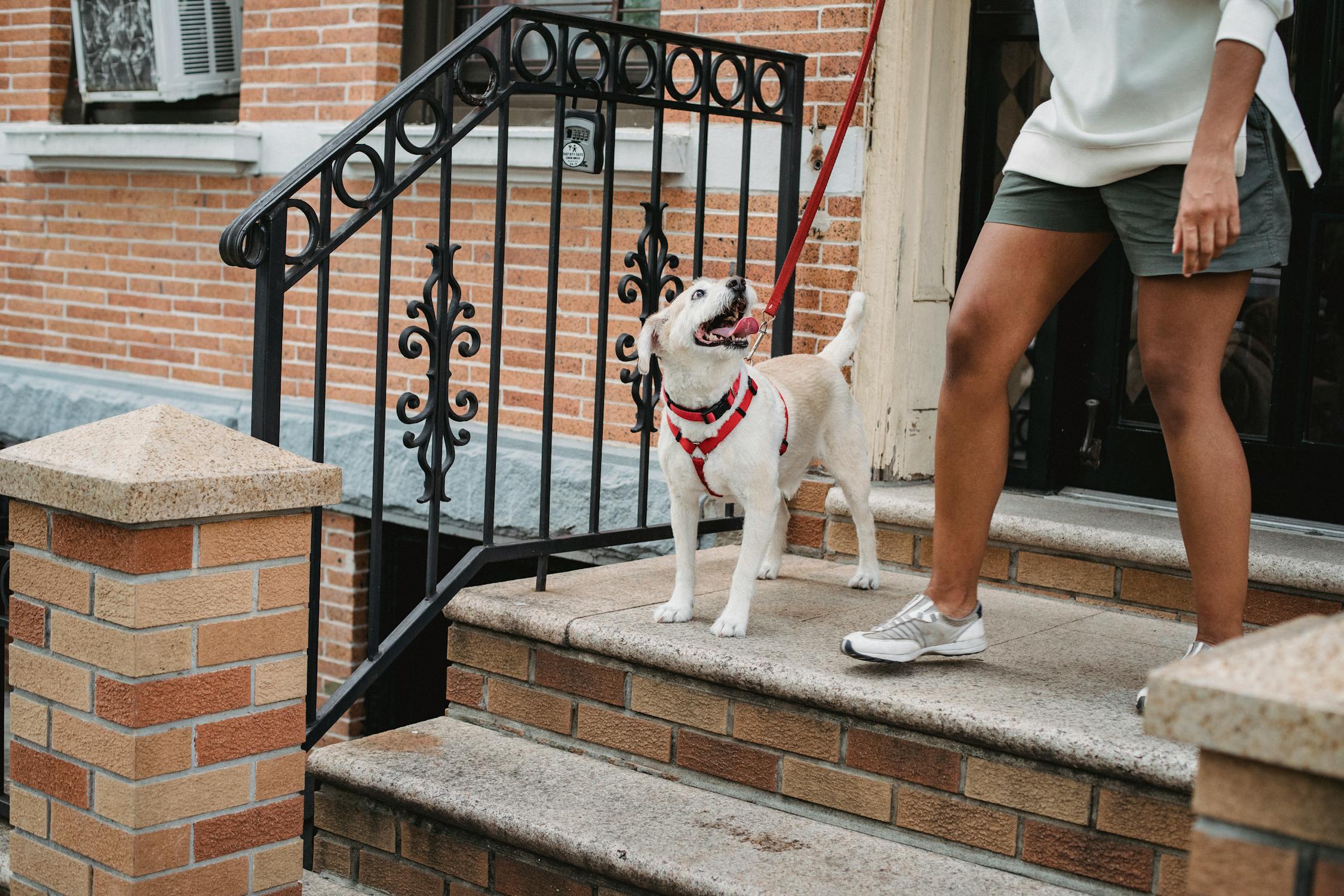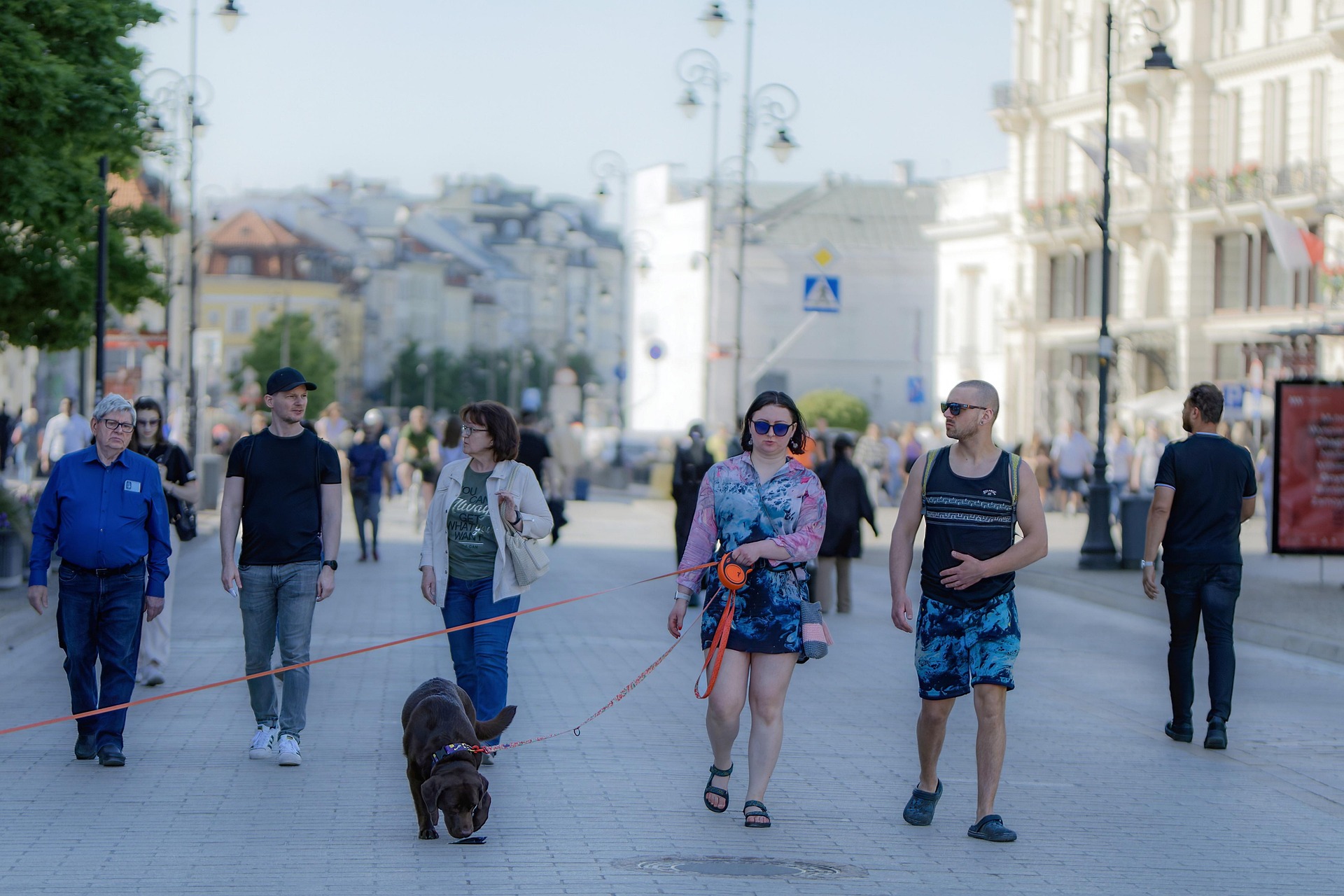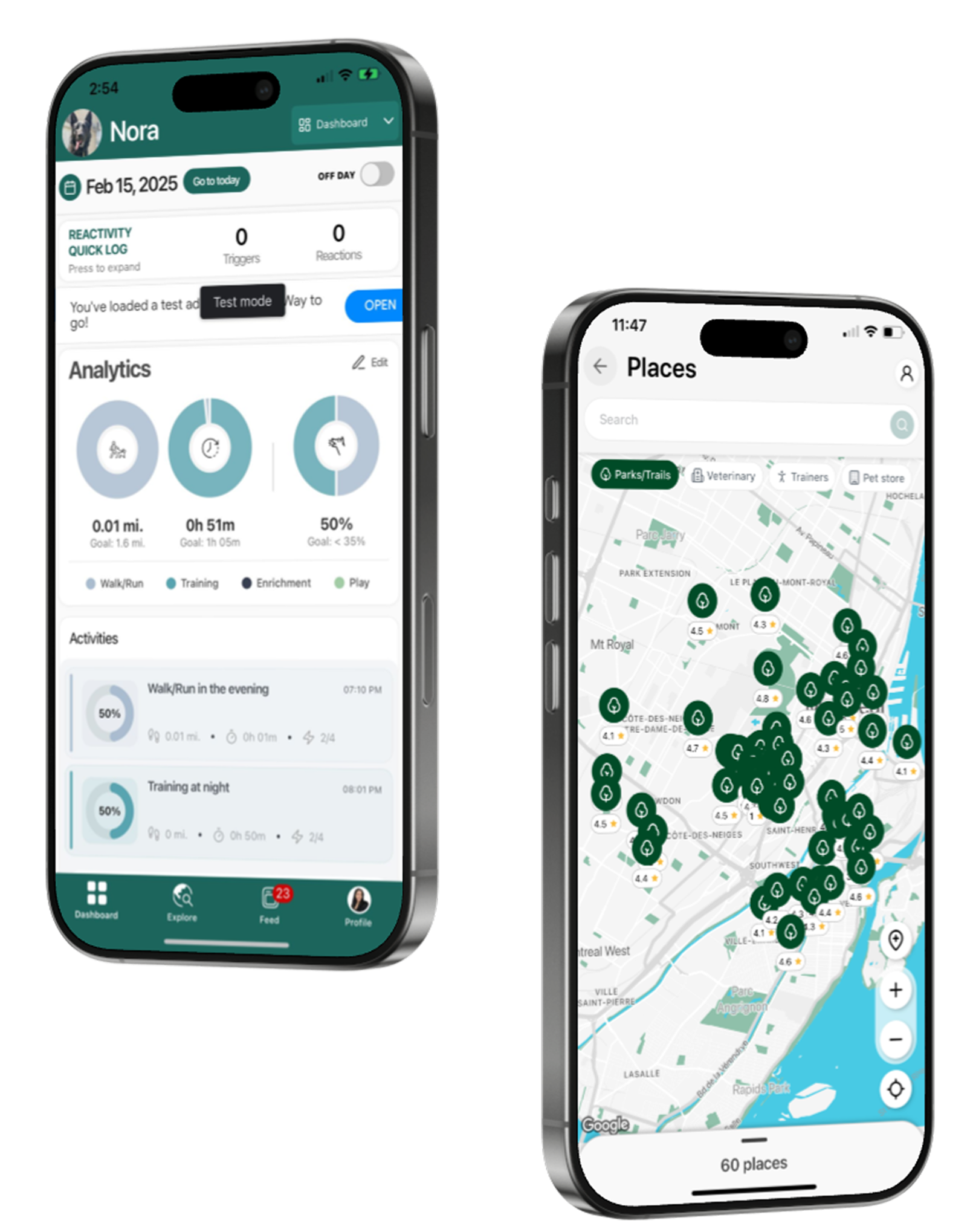Safe Walking Tips for Reactive Dogs
By Christelle S. • 2025-03-05
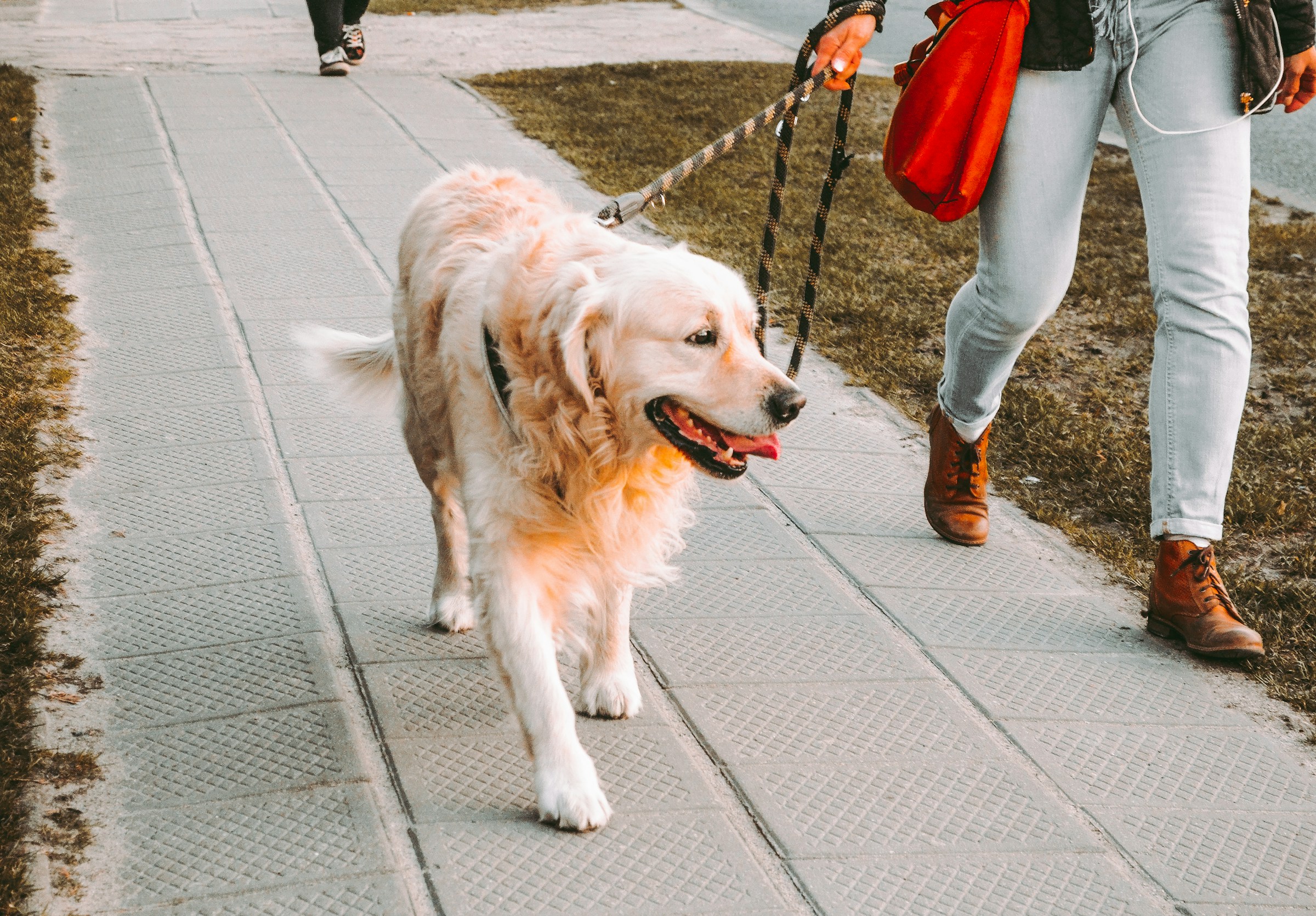
Walking a reactive dog isn’t as simple as grabbing a leash and heading out the door. Every walk feels like a mission—scanning for triggers, choosing the least stressful route, and hoping today is a good day. Here are some strategies that have helped me create safer, more manageable walks with my reactive dog.
Plan Your Route
Avoiding busy areas or known triggers is key. I like to use Google Maps’ satellite view to scout potential paths and find quieter streets or parks with plenty of escape routes. Walking at off-peak hours also reduces the chances of unwanted encounters.
Gear Up
A well-fitted harness gives better control than a collar, and a sturdy leash (or a double-leash setup) provides extra security. I also carry high-value treats to redirect my dog’s attention when needed, plus a slip leash as a backup in case of emergencies.
Watch for Triggers Before Your Dog Does
Be proactive. If you see a potential trigger—a barking dog behind a fence, a jogger approaching, a bike speeding by—act before your dog reacts. Cross the street, change directions, or get their focus on you with a “watch me” cue or treat.
Train in a Safe Space
Practicing in a controlled environment helps build confidence. I work on “look at that” exercises at a distance, teaching my dog to glance at a trigger and then look back at me for a reward. Over time, this reduces reactivity and replaces panic with trust.
Know When to Retreat
Not every walk will be perfect. If my dog is overwhelmed, I don’t push it. Sometimes, we cut the walk short or take a break in a quiet spot. The goal is progress, not perfection.
Final thoughts
Walking a reactive dog can feel isolating, but you’re not alone. It’s okay to take things at your own pace. Celebrate the small wins, be kind to yourself, and remember: a safe walk, even if it’s short, is still a success.

